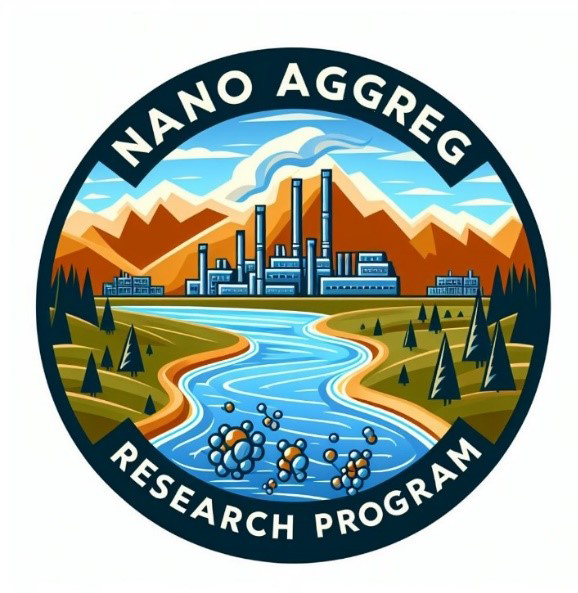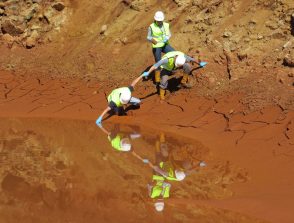In situ investigation of nanoparticles heteroaggregation processes in surface waters
The objective of this thesis is to understand the fate of the nanoparticles in the environment through the understanding of the aggregation processes in the environment.

Start: 01 September 2024
End: 01 October 2027
Supervisors :
Yann Sivry, Allan Philippe
Related themes :
Earth System Science
Status: In progress









